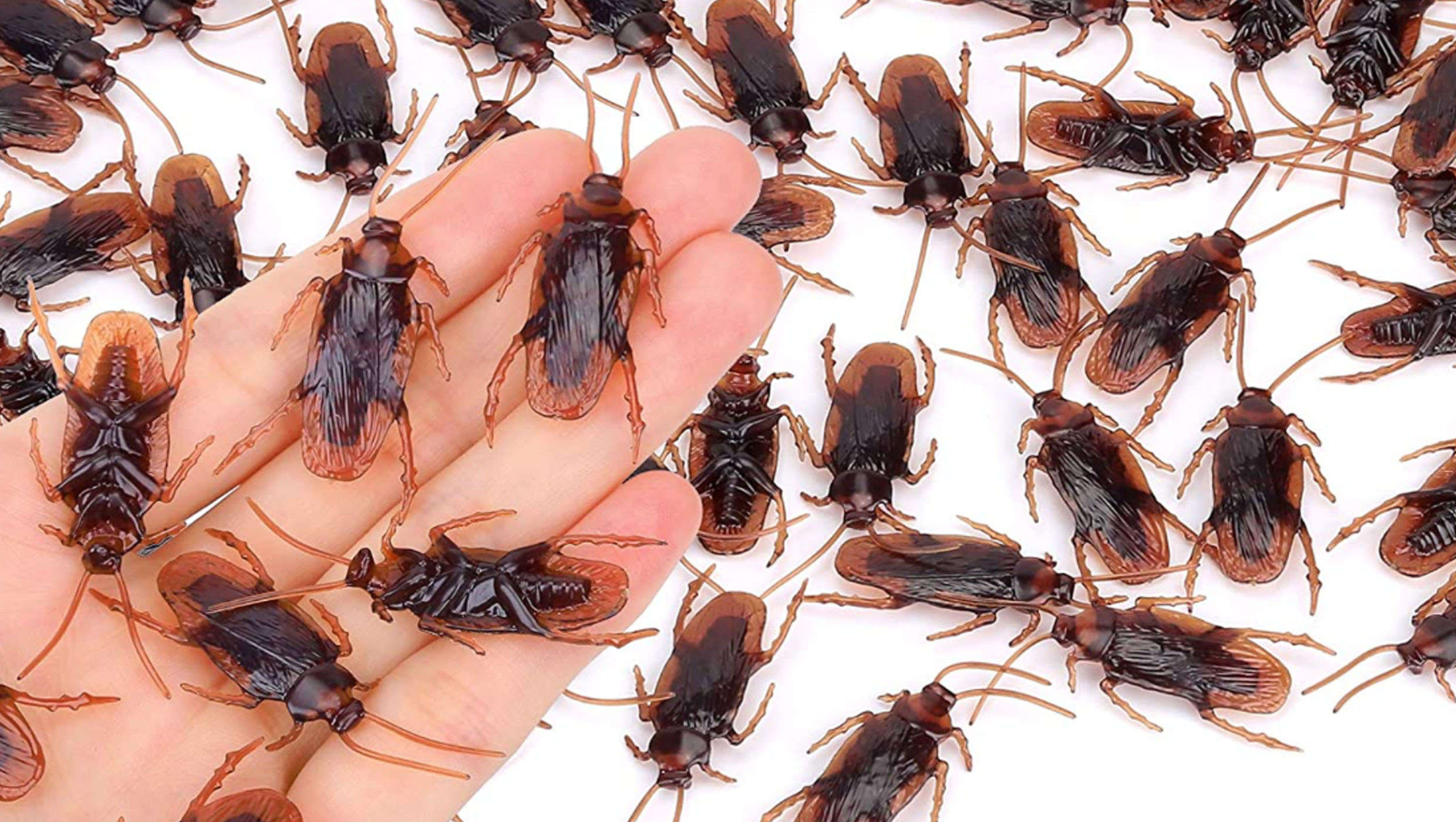Create a free profile to get unlimited access to exclusive videos, sweepstakes, and more!
How did bugs evolve over 320 million years? Just ask a cockroach

There are few bugs as simultaneously maligned and fascinating as the cockroach. If you see one, your first inclination is to either squash it or call an exterminator, but then you also wonder how these creatures are tenacious enough to potentially survive a nuclear holocaust.
Those giant roaches you might see crawling out of city sewers or anywhere there is trash are the stereotype—but most cockroaches want nothing to do with our garbage. Most of the 4,600 existing species of cockroach live in caves, under leaves or rotted wood, and some species even hang out in desert sands. Their oldest ancestors go back about 320 million years. Even with a lineage that impressive, how roaches evolved since then has remained in the shadows, much like the arthropods themselves. Now researchers from the University of Tsukuba in Japan have been able to relate cockroach mating habits and embryonic development to their evolutionary history.
“Given the consistencies in mating behavior, egg structure, ootheca handing, and embryonic development between [the species] Nocticola and [the group] Corydiidae, we predict that there is a close association between Nocticolidae and Corydiidae, supporting a shared common ancestor,” Ryuichiro Machida, who led a study recently published in Arthropod Systematics & Phylogeny, said in a press release. “Furthering our understanding of the phylogenetic position of Nocticolidae within Blattodea is essential for inferring the higher phylogeny and evolution of insects.”
Put down the bug spray, because most species of cockroaches in the group Noticolidae prefer to creep around in caves. Previous studies had found that Nocticolidae are a sister group to sand-dwelling cockroaches otherwise known as Corydiidae. Together with tropical cockroach group Lamproblattidae, which consists of roaches that tend to live in the nests of other insects and even some amphibious species, these three groups form the bottom subgroups of the order Blattodea, which includes all roaches and (you might actually want to grab your bug spray for this one) termites. We already know that having the stomach to feed on only rotting wood is something that has evolved three times in roaches and termites. What still needs to be found out is where that and many other characteristics of Blattodea came from.
Going further back in time, the wings of Nocticolidae suggest that they may be the closest living relatives of the extinct insect order Mimoptera. That doesn’t sound like much of a big deal until you realize that insects of Mimoptera are thought to be the common ancestor of hordes of extant insects. Meaning, some cockroaches belonging to Nocticolidae could be living relics that are the closest missing link to understanding the evolution of bugs.
Cockroach families, oddly enough, can be classified by how they mate, how females handle the ootheca (egg sac) and also how the embryos develop inside those eggs. Nocticola, a species of Nocticolidae, exhibit a mating display that involves males flapping their wings before end-to-end copulation happens. Females produce a pear-shaped egg sac, which typically contains four eggs, that they carry around for a few days before leaving it on the ground. Roaches aren’t exactly doting parents. While the embryo does experience blastokinesis, or movement inside the egg, it moves while remaining in the same position and does not change position like some embryos do.
But what is it that makes these creatures so resilient? After the genome of the American cockroach, which is the one exterminators usually go after, was sequenced for the first time in 2018, the results showed why. Its DNA is basically programmed to help it survive just about anything. It has huge gene families related to taste, smell, detoxificiation and immunity, which are thought to have evolved from these scavengers getting easy meals from rotting food in toxic environments. Their complex smell and taste systems keep them from ingesting anything lethal, and they can metabolize some sickening stuff. Have you ever heard of a roach with food poisoning? Didn’t think so.
While American cockroaches do not belong to Nocticolidae, all roaches and termites being related means that they are still all related to that group and ultimately, in some way, to Mimoptera. A roach is still a roach when it comes to biology. If at least one species of cockroach is related to Mimoptera, where these genes of steel came from and how they evolved could finally emerge from the sewer.
So if you ever take an online quiz wanting to find out what animal you are and the result comes up as “cockroach”, consider it positive.


























